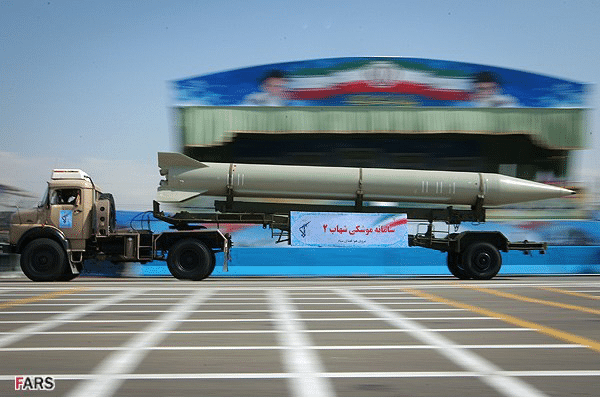
August 9, 2016
The Shahab-2 is the Iranian variant of the Russian SS-1D ‘Scud C’. It is a single-stage, liquid-propelled, short-range ballistic missile. Its maximum range is 500 km, and it carries a single warhead with the maximum payload of 770 kg. Shahab-2 Development Shahab-2 measures approximately 11 m, with a launch weight of 6,095 kg. This missile...
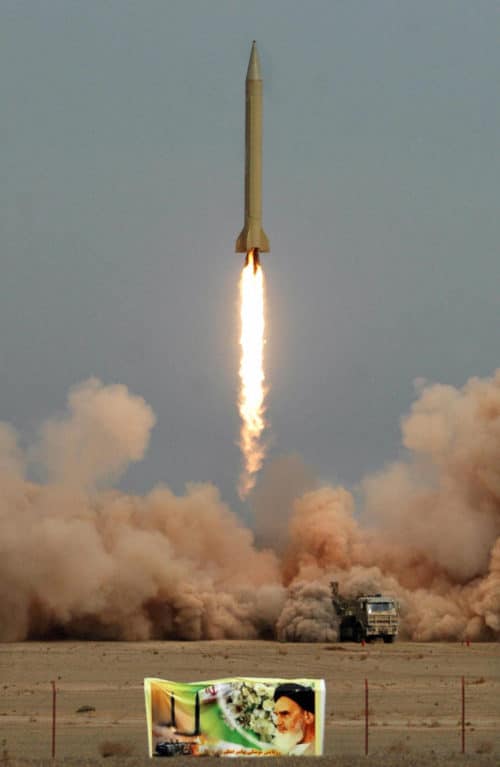
August 9, 2016
The Shahab-3 is a medium-range, liquid-fueled, road-mobile ballistic missile. The Shahab-3 represents Iran’s first successful acquisition and development of a medium-range ballistic missile that give it the capability to threaten targets (such as Israel) which lie beyond its immediate borders. It has a range of about 1,300 km. Shahab-3 Development After purchasing a North Korean...
April 14, 2016
Aegis Ashore is the land-based variant of the Navy’s Aegis Weapons System and the centerpiece of Phases II and III of the European Phased Adaptive Approach (EPAA). The system incorporates land-based versions of the various components used on Aegis ships, including the deckhouse, AN/SPY-1 radar, the Mark 41 Vertical Launching System (VLS), and Standard Missile-3 (SM-3) interceptors....
April 14, 2016
The Cobra Dane Radar Upgrade is an L-band radar located at Shemya Island, Alaska at Eareckson Air Station. It has a single face, 95 feet in diameter, providing 136-degree azimuth coverage. It was originally designed as a missile tracking radar for Soviet missile tests, but was upgraded to perform missile defense missions in 2004. The radar face can...
April 14, 2016
The Sea-Based X-band Radar (SBX) is a unique radar housed on a decommissioned North Sea oil rig. The SBX produces very high resolution images of incoming threat clouds, which helps BMD interceptors discriminate between lethal objects and debris. The SBX has contributed to 12 tests of the GMD system and provided tracking and kill assessment for...
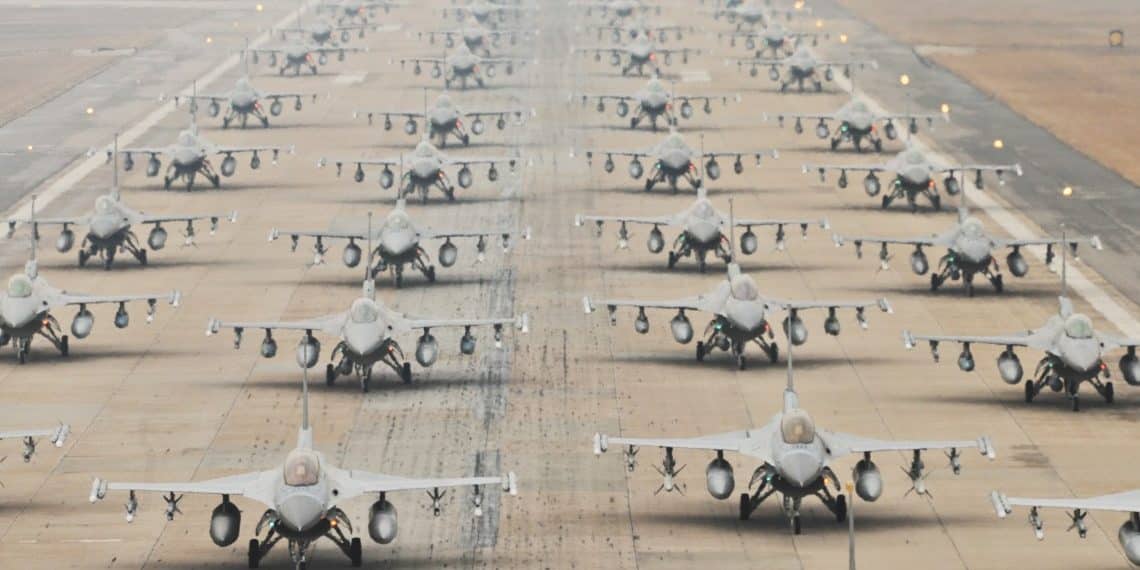
January 7, 2016
North Korea’s fourth nuclear test has provoked renewed calls among leading South Korean lawmakers for South Korea to obtain its own nuclear deterrent force. Public opinion has also become more supportive of a nuclear-armed South Korea.
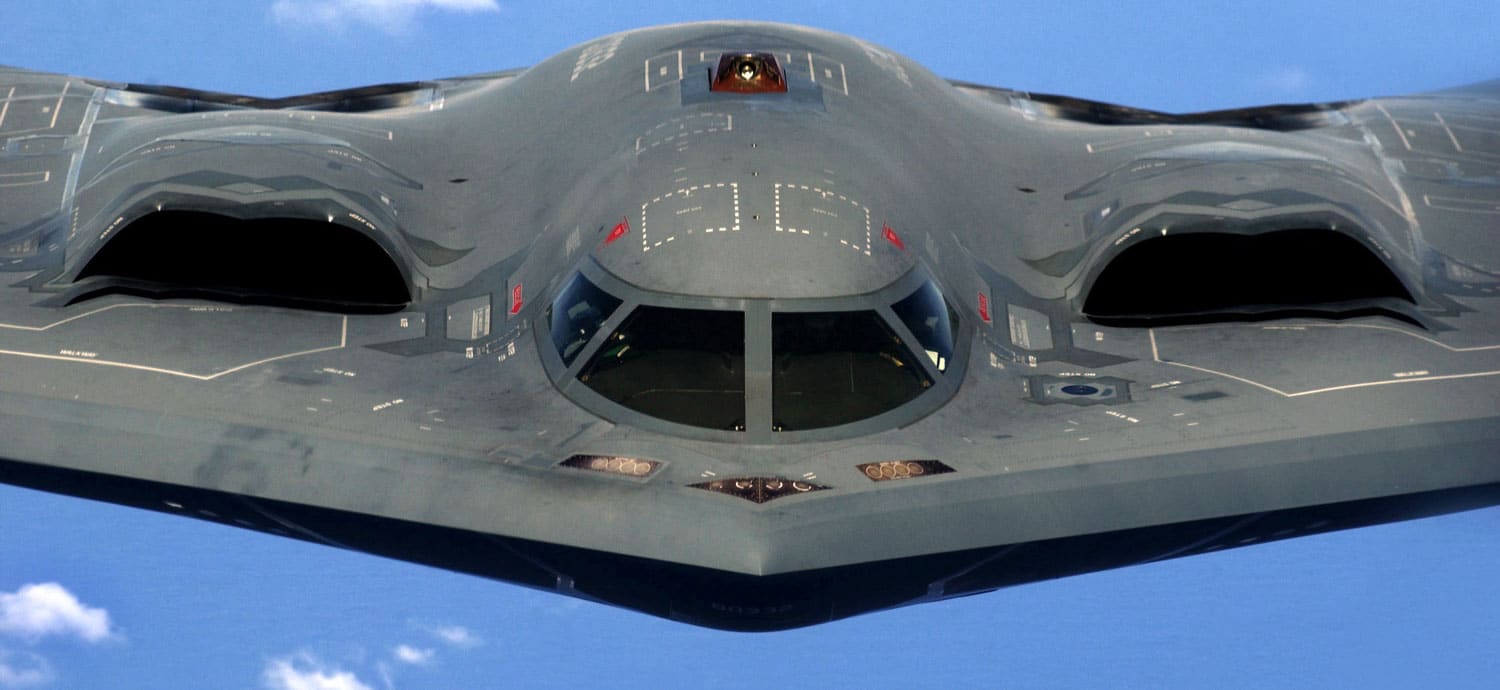
July 13, 2015
US Defense Secretary Ash Carter recently visited Berlin to assure allies that the US would deter aggression. NATO leaders are worried that Russia might invade the Baltics in a Crimea-style fait accompli, and then threaten nuclear escalation unless the alliance backs down. Moscow’s treaty violations and “nuclear sabre rattling,” Carter warned, raise “questions about Russia’s...
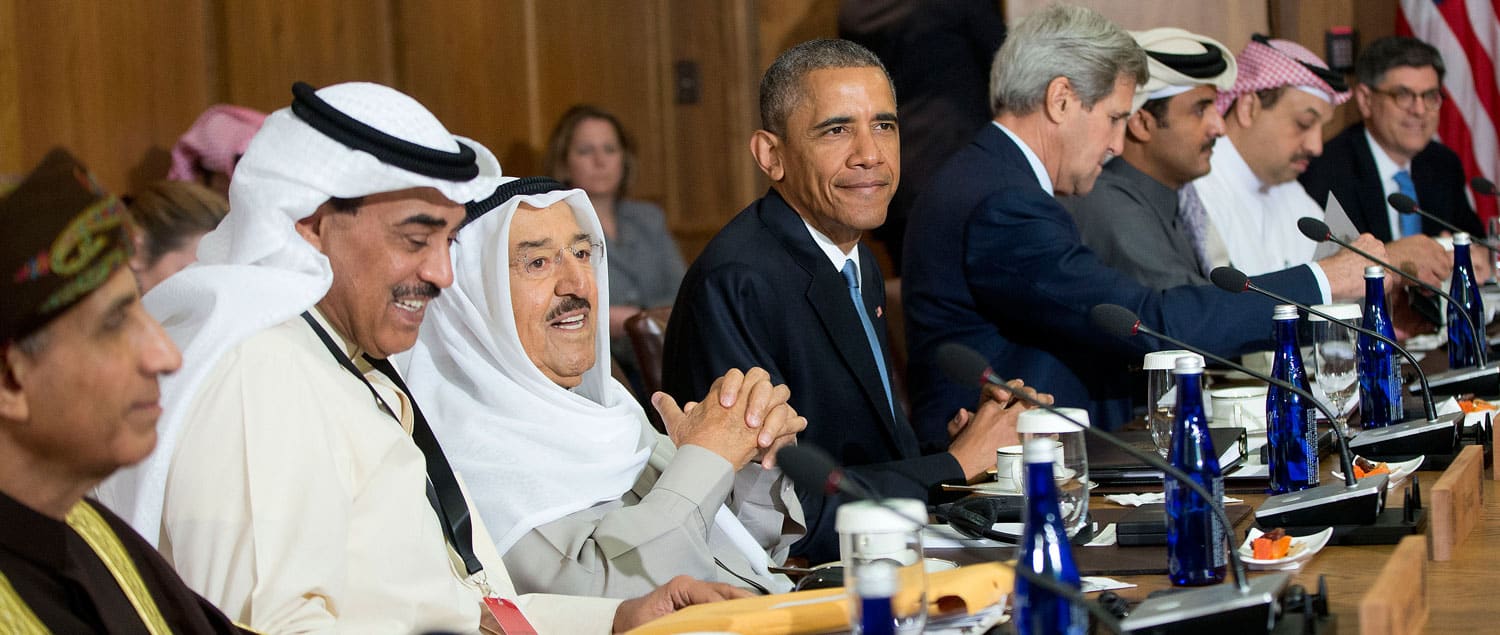
May 13, 2015
This week President Obama convenes a summit with the leaders of the Gulf Cooperation Council, at which he will reportedly urge GCC members to move forward on missile defense cooperation. The range of cooperation under consideration consists of greater information and intelligence sharing, interoperability, additional foreign military sales on both a bilateral and cooperative basis,...
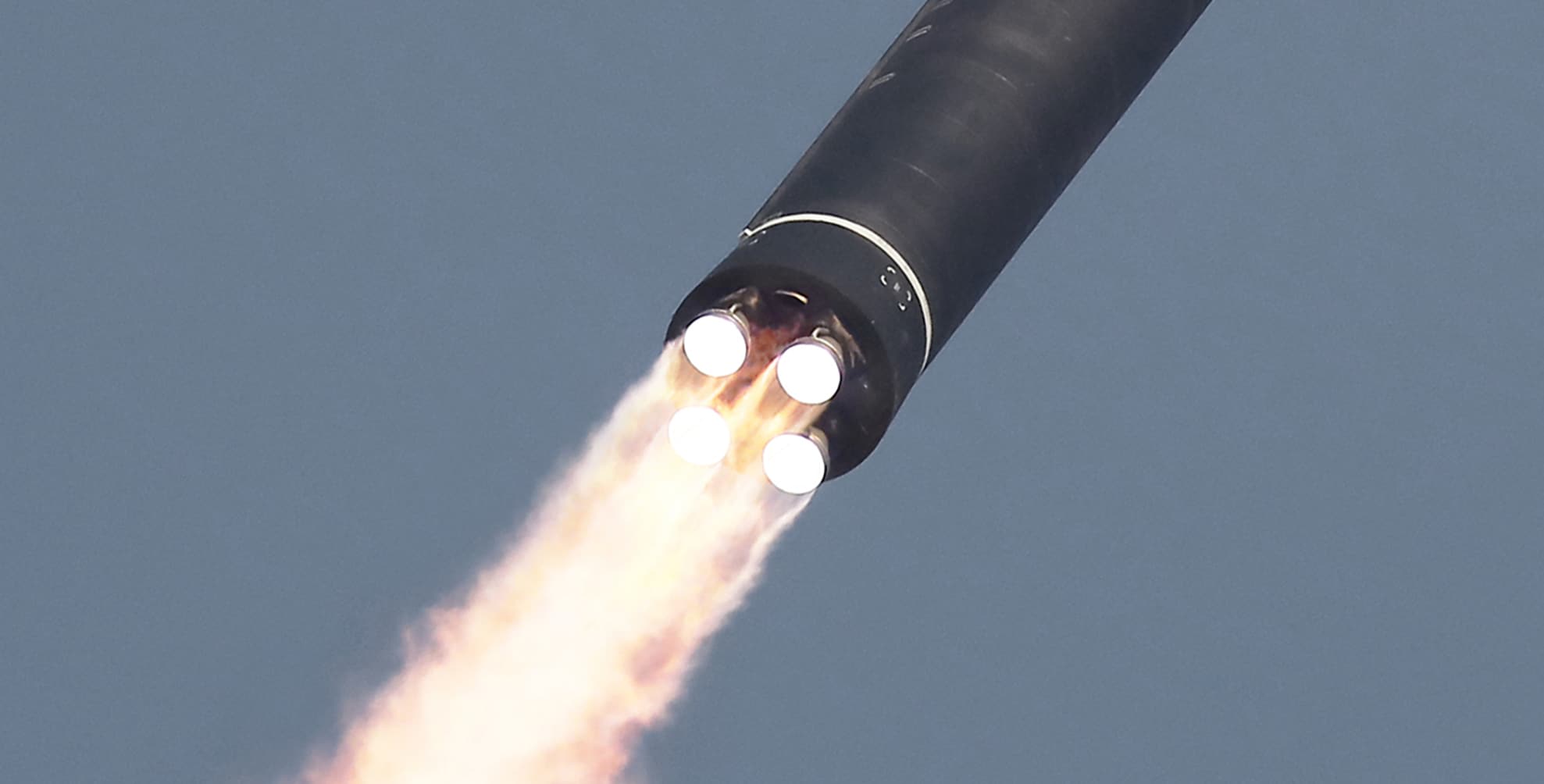
June 24, 2022
This report provides a fresh assessment of key issues related to boost-phase defense, including the ways missile threats are evolving and broader technological trends.
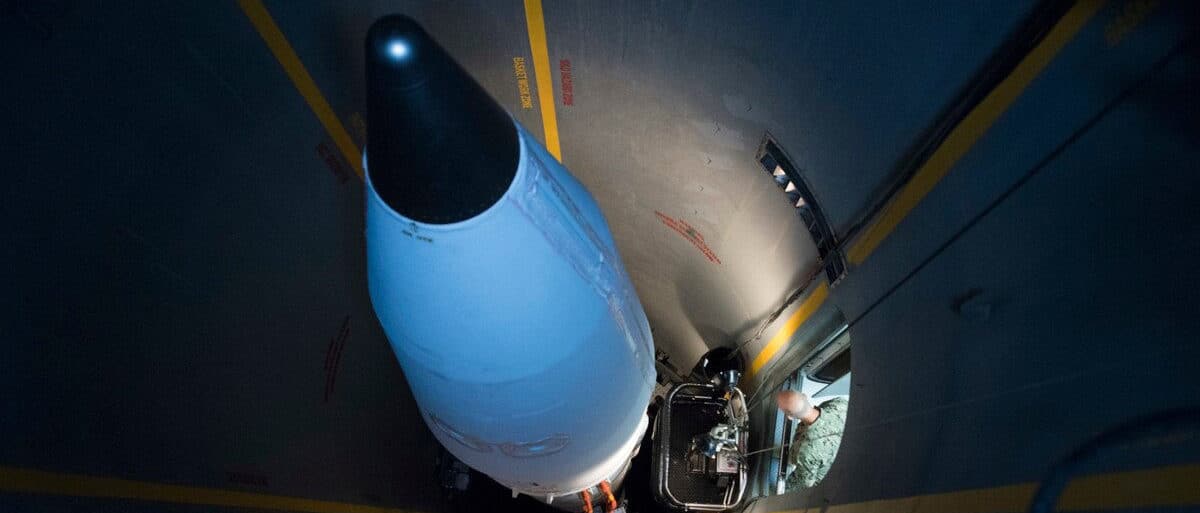
June 24, 2020
Absent any effort to expand or modernize GMD, homeland missile defense will likely fall behind current threats while NGI matures.






